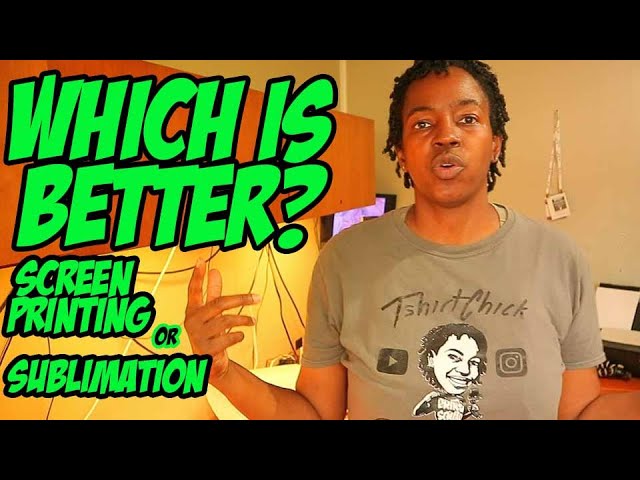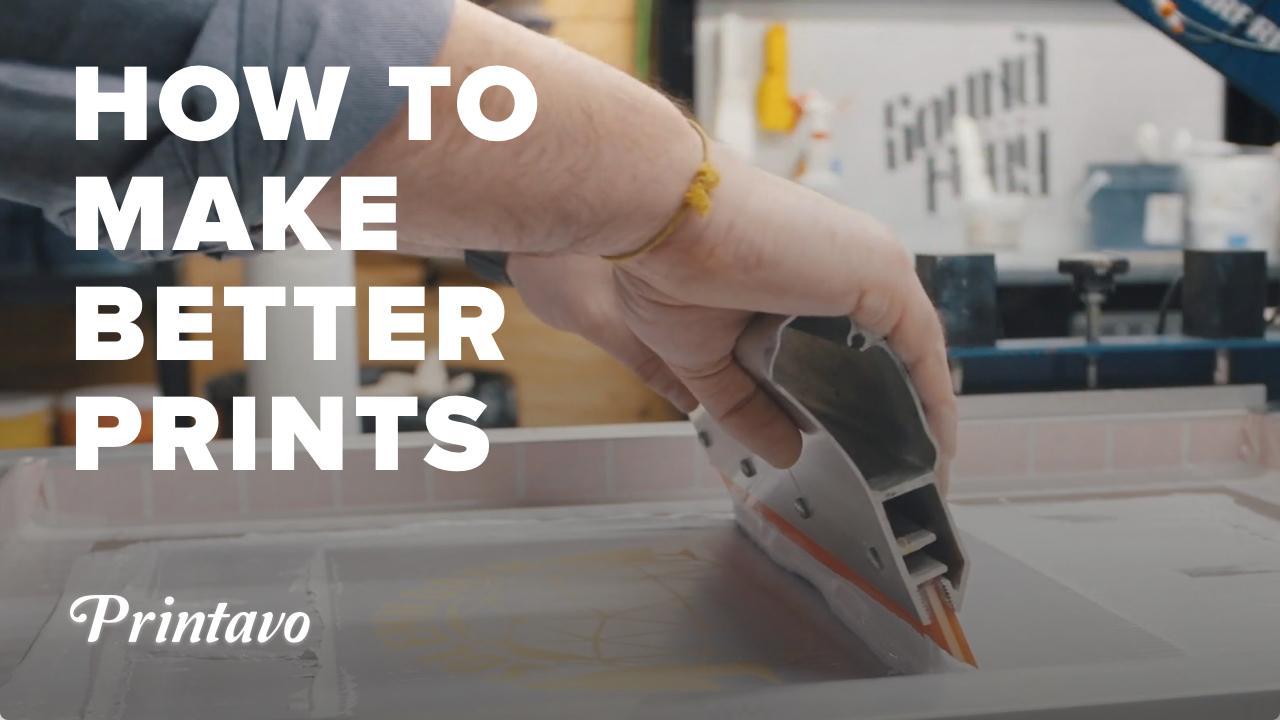The 15-Second Trick For Tx Tees
The 15-Second Trick For Tx Tees
Blog Article
Top Guidelines Of Tx Tees
Table of ContentsTx Tees Things To Know Before You BuySome Known Incorrect Statements About Tx Tees The smart Trick of Tx Tees That Nobody is DiscussingUnknown Facts About Tx TeesTx Tees for BeginnersGetting The Tx Tees To Work5 Easy Facts About Tx Tees Shown
Add up various other prices, like the number of energies it takes to run the shop and the price of ink and emulsion per design. Take the print below.The solution ought to just be a couple of cents considering that you 'd just need to coat one screen for this work. Just how much should you charge per t-shirt to make a revenue? Usually, printers try to make up to 45% revenue on a print work. Below's a table to aid you determine that: total expense per product percent of wanted revenue as a decimal (instance:.25 or.45) revenue made per product per task Currently let's speak about the productivity of DTF.

With DTF, you can print a handful of shirts, or simply one. Both screen printing and DTF have their niches in the globe.
Tx Tees - Questions
The very best method to understand? Ask about and see what printing shop like your own are doing. custom t-shirt design. Try both out and see which you like far better
When you're picking what kind of printing approach to utilize for printing your art work layouts on your garments, it is essential that you understand the distinctions in between these 2 techniques so you can make best use of results while lessening expenses. Display printing is the most generally used method for publishing designs on textiles.
DTG printing is likewise understood as area or direct to garment printing since it prints only what is needed as opposed to making a display as display printers do. https://www.blogtalkradio.com/txtees02. Screen printing works by screen filler squeegee screen printing ink display mesh screen, then transferring the picture to garment using warmth and/or pressure
The DTG printer makes use of unique dye-sublimation inks that are applied right into a pre-designed image by an electronic printing system. The inks become component of the fabric, permitting lively colors and remarkable information. It's also referred to as spot or straight to garment printing due to the fact that it prints only what is required as opposed to making a display as display printers do.
Getting My Tx Tees To Work
First, it's much quicker - you can publish a fullcolor photo in mins, instead of hours for display printing. Second, there's no established time or expenses included - you can publish any style you such as, without needing to produce a display initially. Third, there's no waste - due to the fact that display printers display print one style each time, they have to screen each color independently.
The paper is really pricey and can just be used once. Once it's printed on, it needs to be discarded. - The initial purchase price is reduced than the ahead of time financial investment of DTG printers- You can print multi-color designs one screen at once as opposed to needing to publish each shade individually like DTG printing.

The 8-Minute Rule for Tx Tees
Nonetheless, rather of using screen mesh as screen printers do, color sublimation printers make use of laser modern technology to move your images onto garments or paper. A warm procedure moves the dye from its solid-state straight into the gas phase which consequently integrates it onto fabric substratums when they check out here are swiftly warmed to high temperatures under high pressure.
Sublimation printing is eco-friendly. It utilizes much less water than screenprinting, and due to the fact that it does not entail making use of harmful solvents, it's safe for all kinds of clothing. The dye sublimation inks are additionally odor free when healed, unlike screen printers that utilize unsafe chemicals during the screen printing process that leave an unpleasant smell.
They also save money on costly tools like exposure devices given that color sublimation printers do not need a UV direct exposure device or a flash treatment stove that is normally made use of in screen printing (custom monograming). What is straight to garment printing (DTG Printing)? DTG printing is an electronic screenprinting process that publishes straight onto textile utilizing specialized inkjet printers
The Ultimate Guide To Tx Tees
DTG printing provides many advantages over conventional screenprinting, including the ability to publish photographic quality photos, higher color vibrancy, and the ability to publish designs on darker textiles. DTG printers work by warming the textile ink till it develops into a gas. The gas then permeates the material, bonding with the fibers to create an irreversible print.

Display printers merely prepare their display then start printing till they run out of product or ink.- There is a vast array of knowledgeable screen printers throughout the globe, which can be handy for newbies. - It's a slower procedure - screen printers frequently need to await the ink to completely dry before they can publish the next shade- Screen printers need manual labor, so there's a higher understanding curve and it takes longer to produce a top notch style- Screen printing isn't as exact as DTG printing, so you may get some "bleeding" of shades from one part of the photo onto one more if not done properly.
A Biased View of Tx Tees
Rather of making use of screen mesh as display printers do, color sublimation printers utilize laser modern technology to transfer your images onto garments or paper. A warmth process transfers the color from its solid-state straight into the gas phase which subsequently fuses it onto material substratums when they are swiftly heated to high temperatures under high stress.
Sublimation printing is environmentally friendly. It makes use of less water than screenprinting, and since it doesn't entail the use of unsafe solvents, it's safe for all sorts of garments. The color sublimation inks are also odor-free when healed, unlike screen printers that make use of unsafe chemicals during the screen printing procedure that leave an undesirable smell.
They also conserve money on expensive devices like direct exposure devices considering that color sublimation printers do not call for a UV direct exposure unit or a flash cure stove that is usually utilized in display printing. What is straight to garment printing (DTG Printing)? DTG printing is an electronic screenprinting procedure that prints directly onto fabric utilizing specialized inkjet printers.
More About Tx Tees
DTG printing provides many advantages over traditional screenprinting, consisting of the ability to publish photo high quality photos, better color vibrancy, and the ability to publish layouts on darker textiles. DTG printers function by heating the fabric ink up until it develops into a gas. The gas then permeates the fabric, bonding with the fibers to develop a permanent print.
Report this page